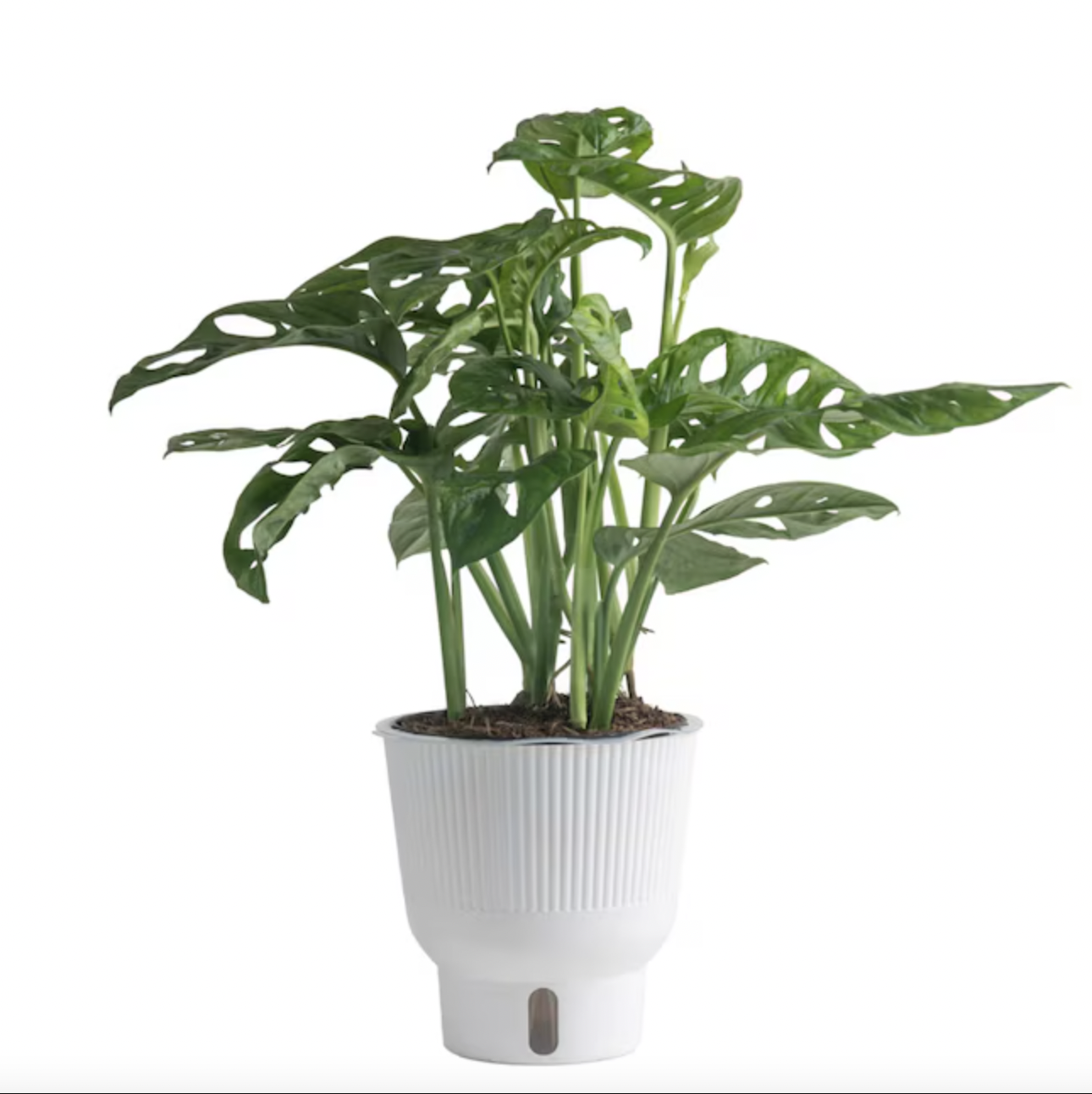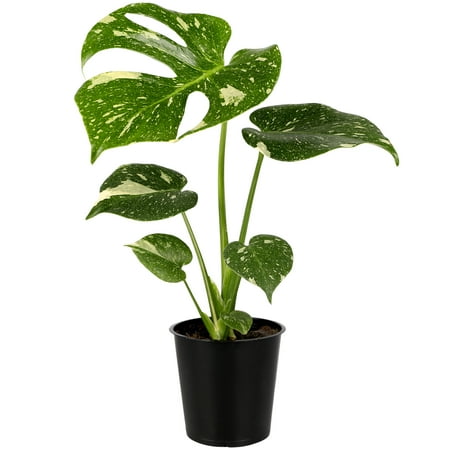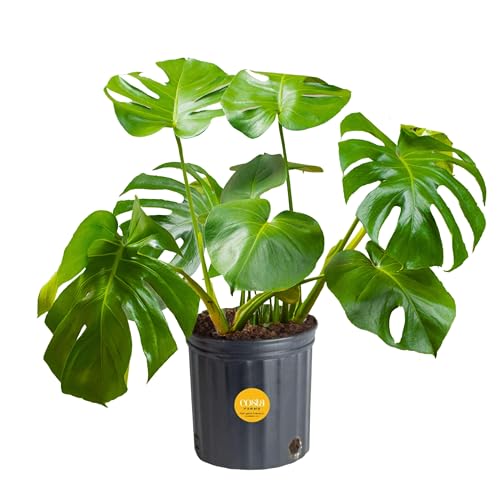How to Prune Monstera — Horticulturists Say There Are 3 Ways to Cut Back These Structural Green Plants
It might sound counterintuitive, but cutting back your Swiss Cheese plant could be the secret to fuller-looking foliage
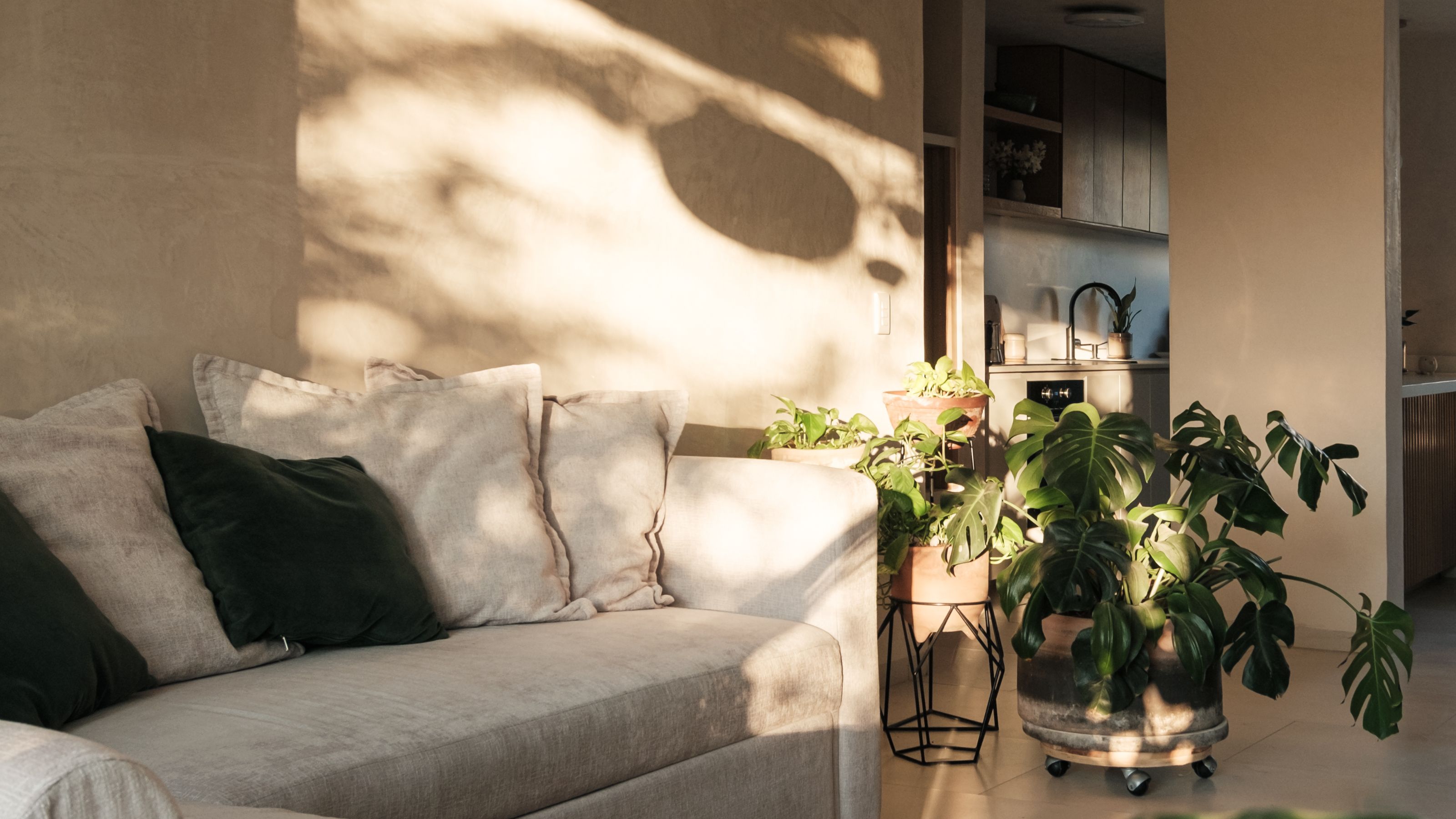

The Monstera Deliciosa is a houseplant heavyweight. Its large, heart-shaped leaves have a distinctive structure with holes or slits, and the unique, glossy foliage promises to brighten any room. Left unchecked, however, and it can become unruly, with leggy leaves that take over your space.
The question is, when your foliage is flourishing a bit too well, should you prune it back, and how do you prune it? If you're the proud parent of a Swiss Cheese plant (the moniker by which it's often better known) you'll know that the birth of a new leaf is a special moment. These structural green fronds shoot up and slowly unravel to reveal a verdant leaf that's bigger and brighter than the one that came before. The thought of pruning any of these stems as part of your Monstera plant care might be difficult to bear.
But, as it turns out, it could be the secret to a fuller-looking plant. While it might sound counterintuitive, experts say that cutting back your Monstera can actually help its foliage to flourish. Better yet, the right cutting could even give birth to a brand-new plant. Keen to find out more? Here's how to prune your Monstera to keep this much-loved houseplant in good health.
How to Prune a Monstera

If your plant is looking leggy and unruly, or you notice signs of disease on your Monstera's leaves, you'll want to give it a prune. Fortunately, doing so is pretty straightforward. All you need is a clean, sharp pair of scissors or pruning shears. (We like Fiskars Bypass Pruner Garden Tool, from Walmart).
Pruning damaged leaves
If you notice Monstera leaves turning yellow, or dark patches on the surface, it's best to prune your plant to play it safe. "If you want to prune your Monstera to remove damaged leaves then you can do this at any time," says Lisa. "Use a clean and sharp cutting tool and cut where the petiole (the part that holds the leaf) meets the stem. This is above a node and will encourage new growth."
Pruning to control size and fullness
Is a leggy Monstera taking over your living room? Consider cutting it back to control its size. "Keep in mind that when you prune your Monstera, you’ll stimulate new growth from the top node (located at the junction between the leaf and the stem) or two at the top of the plant," notes Justin. "For plant health, it’s best to avoid cutting off more than one-third of the plant’s foliage at one time."
Pruning for propagation
If you've had to cut a leaf from your Swiss Cheese, the good news is you can use it to nurture a whole new plant (ensuring it's in good health, of course). Propagating a Monstera in water is really simple, and it's a great way to grow your indoor garden.
"If you’re pruning to take a propagation, use a clean tool to make a cut below the node," instructs Lisa. "It’s important to not get too carried away when pruning though, as over-pruning can lead to a decline of the plant's overall health."

Lisa is a self-taught plant enthusiast with a soft spot for Hoya and the owner of Root Houseplants in Liverpool, England. She loves reading about plants, furthering her knowledge and having the opportunity to share it with people she meets at her shop.
Why Should You Prune Monstera?

Unlike gardening, where you need to cut perennials back to encourage regrowth each growing season, pruning houseplants is mostly a case of maintaining appearances.
"Pruning is essentially trimming and removing stems to maintain a desired shape, but it’s also used to encourage branching," explains Lisa Price, owner of Root Houseplants. "Monstera doesn’t typically require pruning, but you can prune if you wish to propagate part of the plant, if there's damage, or if you’re trying to manage its growth.
Importantly, yellowing foliage or black spots on Monstera leaves can be a result of a disease or pest infestation. In these instances, cutting the leaf might be necessary to ensure the health of the plant.
The need for pruning will differ for different types of Monstera plants, however. "Some varieties like Monstera Peru or Monstera Cobra can be fast growers that get really long and stretchy if they’re not given enough light," says Justin Hancock, a horticulturist at Costa Farms. "Other varieties, like Monstera Esqueleto, may develop long, leafless runner-type growth if not allowed to climb. "

Justin has 25+ years in the industry, and is now based at Costa Farms. A plant enthusiast and educator, he has a degree in horticultural science and has worked in garden centers and botanical gardens, as a garden designer, and in garden publishing (including at Better Homes and Gardens). He has experience gardening across the country, from Minnesota to Oregon to Miami. Hancock is also co-host of the Costa Farms podcast Plant Rx.
FAQs
Where Do You Cut Monstera Leaves Off?
Although you might be cutting your Monstera to reign in unruly foliage, you might not want to stunt its growth completely. It's important to remember that pruning the plant at a node will encourage new growth, but simply removing the leaf and stem will not.
"You can cut your Monstera back at any point on the stem, but a lot of plant parents like to trim just above a node (the junction of the leaf and the stem)," says Justin. "This is so they’re not left with a 'stub' of stem above where the new growth comes out. If you don’t mind a stub, you can cut it back anywhere."
This will also depend on whether or not you want to propagate your cutting, since the Monstera is one of the best plants to propagate in water. "If you clip off sections of stem with nodes, you can propagate them to grow more plants for free," Justin reminds us.
Ask any plant parent and they'll confirm that the Monstera is a rewarding houseplant to grow. They're the gift that keeps on giving when it comes to fresh foliage and ease of propagation and, since they're relatively low-maintenance plants, the need for pruning should be minimal.
If you do decide to trim your Swiss Cheese, however, stick to the steps above to keep the foliage fresh, full-looking, and free from disease. Treat them right and trim them as necessary and Monstera can flourish in your home for years (or even decades) to come.
Be The First To Know
The Livingetc newsletters are your inside source for what’s shaping interiors now - and what’s next. Discover trend forecasts, smart style ideas, and curated shopping inspiration that brings design to life. Subscribe today and stay ahead of the curve.

Lilith Hudson is a freelance writer and regular contributor to Livingetc. She holds an MA in Magazine Journalism from City, University of London, and has written for various titles including Homes & Gardens, House Beautiful, Advnture, the Saturday Times Magazine, Evening Standard, DJ Mag, Metro, and The Simple Things Magazine.
Prior to going freelance, Lilith was the News and Trends Editor at Livingetc. It was a role that helped her develop a keen eye for spotting all the latest micro-trends, interior hacks, and viral decor must-haves you need in your home. With a constant ear to the ground on the design scene, she's ahead of the curve when it comes to the latest color that's sweeping interiors or the hot new style to decorate our homes.
-
 The 'New British' Style? This Victorian London Home Embraces Its Owners' Global Background
The 'New British' Style? This Victorian London Home Embraces Its Owners' Global BackgroundWarm timber details, confident color pops, and an uninterrupted connection to the garden are the hallmarks of this relaxed yet design-forward family home
By Emma J Page
-
 Muji Living Room Ideas — 5 Ways to Harness The Calming Qualities of This Japanese Design Style
Muji Living Room Ideas — 5 Ways to Harness The Calming Qualities of This Japanese Design StyleInspired by Japanese "zen" principles, Muji living rooms are all about cultivating a calming, tranquil space that nourishes the soul
By Lilith Hudson
-
 These Are the Dos and Don'ts of Bamboo Plant Placement — Follow This to Avoid Bad Feng Shui
These Are the Dos and Don'ts of Bamboo Plant Placement — Follow This to Avoid Bad Feng ShuiBy following the experts' guidance on where to place this houseplant you can usher luck, wealth, and prosperity into your home
By Lilith Hudson
-
 Is It Okay to Have a Mirror Facing a Door in Feng Shui? The Verdict Is In and It Just Might Surprise You
Is It Okay to Have a Mirror Facing a Door in Feng Shui? The Verdict Is In and It Just Might Surprise YouDecorating your home with mirrors calls for intention if you're dressing your space in accordance with Feng Shui. Here's what you should know.
By Amiya Baratan
-
 4 Things to Unpack as Soon as You Move House — For a Comfortable and Organized Fresh Start
4 Things to Unpack as Soon as You Move House — For a Comfortable and Organized Fresh StartIf you have a major move in the works and you're looking to prepare in advance, this is the starter kit you need to properly set up your new home.
By Amiya Baratan
-
 10 Decluttering Challenges to Have on Your Radar This Year — For a Tidier, More Mindful Home
10 Decluttering Challenges to Have on Your Radar This Year — For a Tidier, More Mindful HomeIf you're interested in transforming your home for the better, here are 10 decluttering challenges I recommend for a professionally tidy space.
By Amiya Baratan
-
 Biophilic Decluttering — What to Take Out of Your Home (and What to Put in) for a More Natural Home
Biophilic Decluttering — What to Take Out of Your Home (and What to Put in) for a More Natural HomeTry your hand at biophilic decluttering to ground your interiors, connect to the environment, and cure chronic clutter in one go. Here's how.
By Amiya Baratan
-
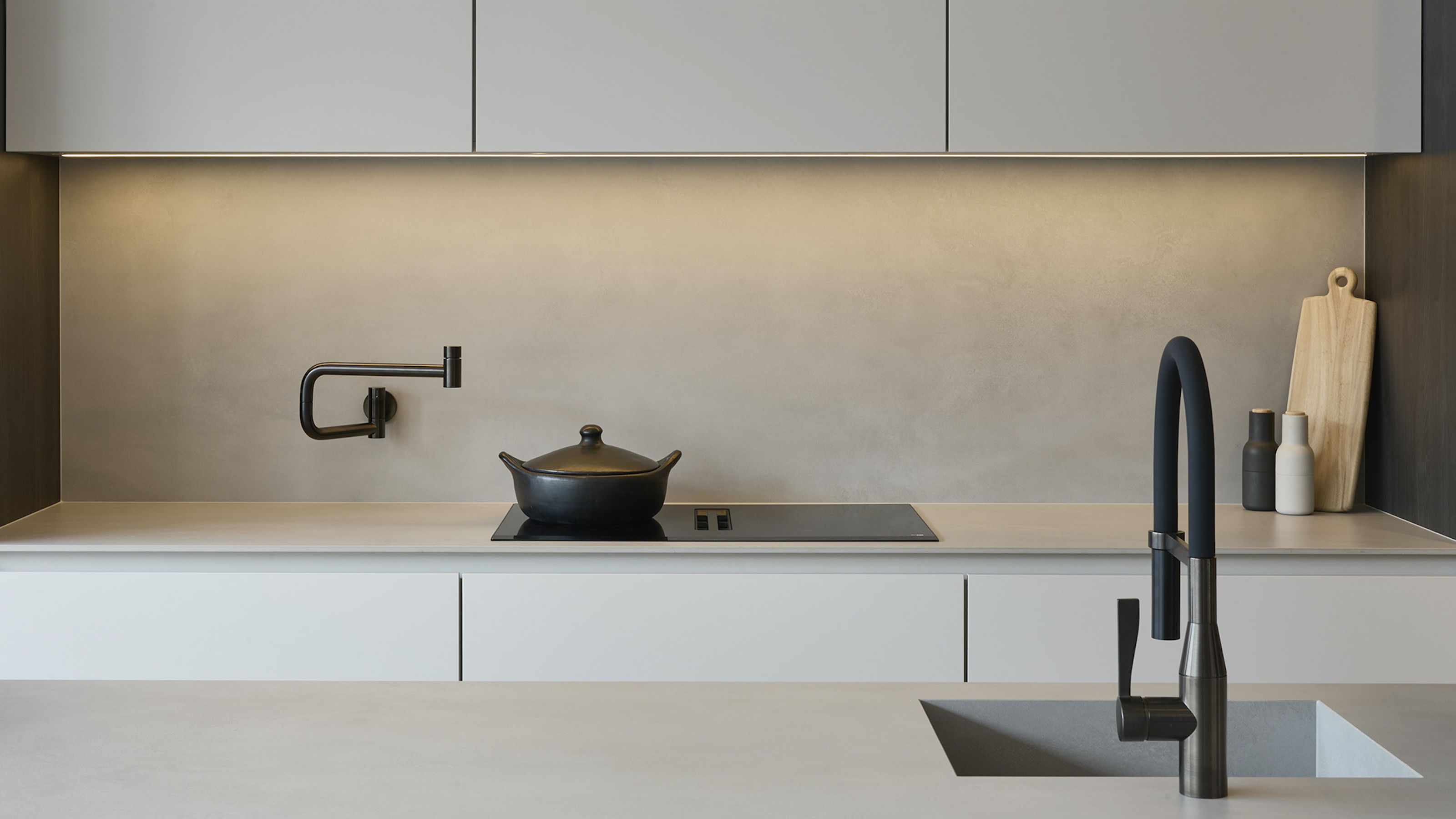 The 10 Different Types of Kitchen Taps — And the Pros and Cons of Each One to Know Before You Pick
The 10 Different Types of Kitchen Taps — And the Pros and Cons of Each One to Know Before You PickFrom sleek pull-outs to vintage bridge taps, explore 10 kitchen tap styles that mix function, flair, and a splash of cool
By Linda Clayton
-
 How Much Does an Extension Cost in 2025? Renovation and Design Experts Break Down Your Budget
How Much Does an Extension Cost in 2025? Renovation and Design Experts Break Down Your BudgetExplore how much different types of extensions cost in 2025 to budget for your project accurately
By Amy Reeves
-
 9 Bathroom Storage Mistakes You're Probably Making That Make Using This Space Much Harder — And What to Do Instead
9 Bathroom Storage Mistakes You're Probably Making That Make Using This Space Much Harder — And What to Do InsteadDiscover which mistakes are to blame for your overcrowded and cluttered bathroom
By Seraphina Kyprios
